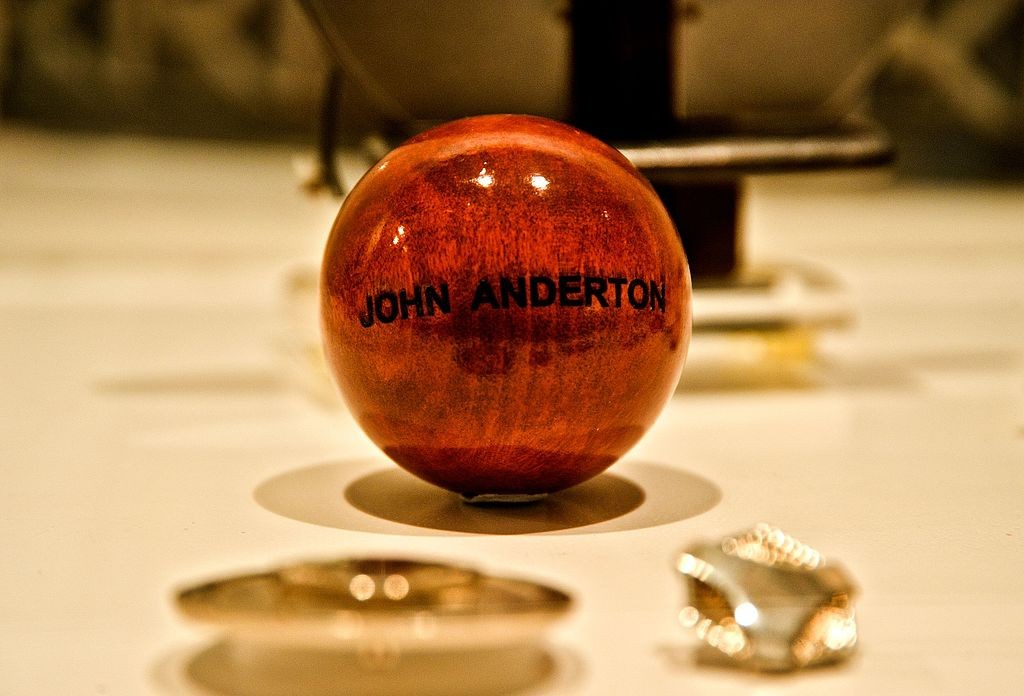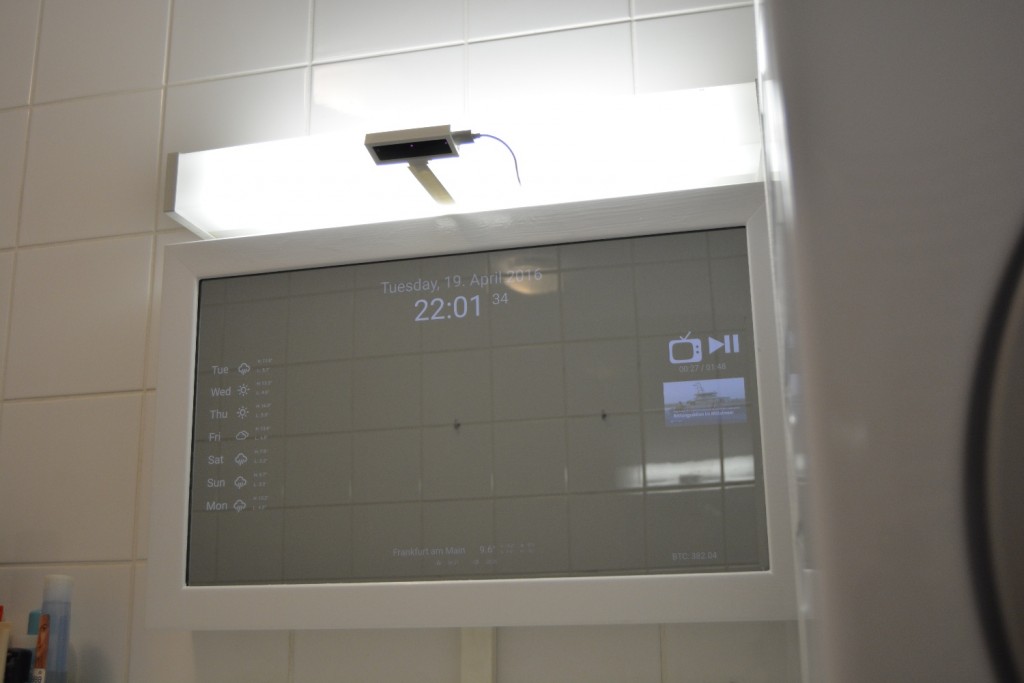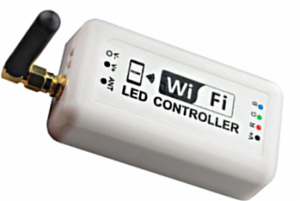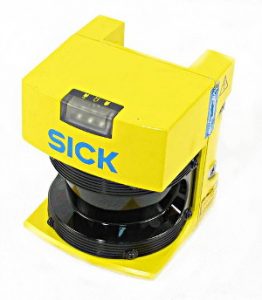I have a sqlite-database which is just a little too big to keep in my head,
so I was searching for a way to create a nice diagram from the existing schema.
I have been trying a lot of tools, none of them delivered.
Now, with version 14.14.01 of schemacrawler, I was able to produce a nice plot!
./schemacrawler.sh -server sqlite -database /home/shared/data/TobisGpsSequence/sequences_960_720_manual.db -infolevel=maximum -password= -command=schema -outputformat=png -outputfile=test.png
(Please ignore the crazy database layout, I am in the middle of a migration and you are looking at the work-in-progress that caused me to again look around for nice visualizing tools)








Neueste Kommentare